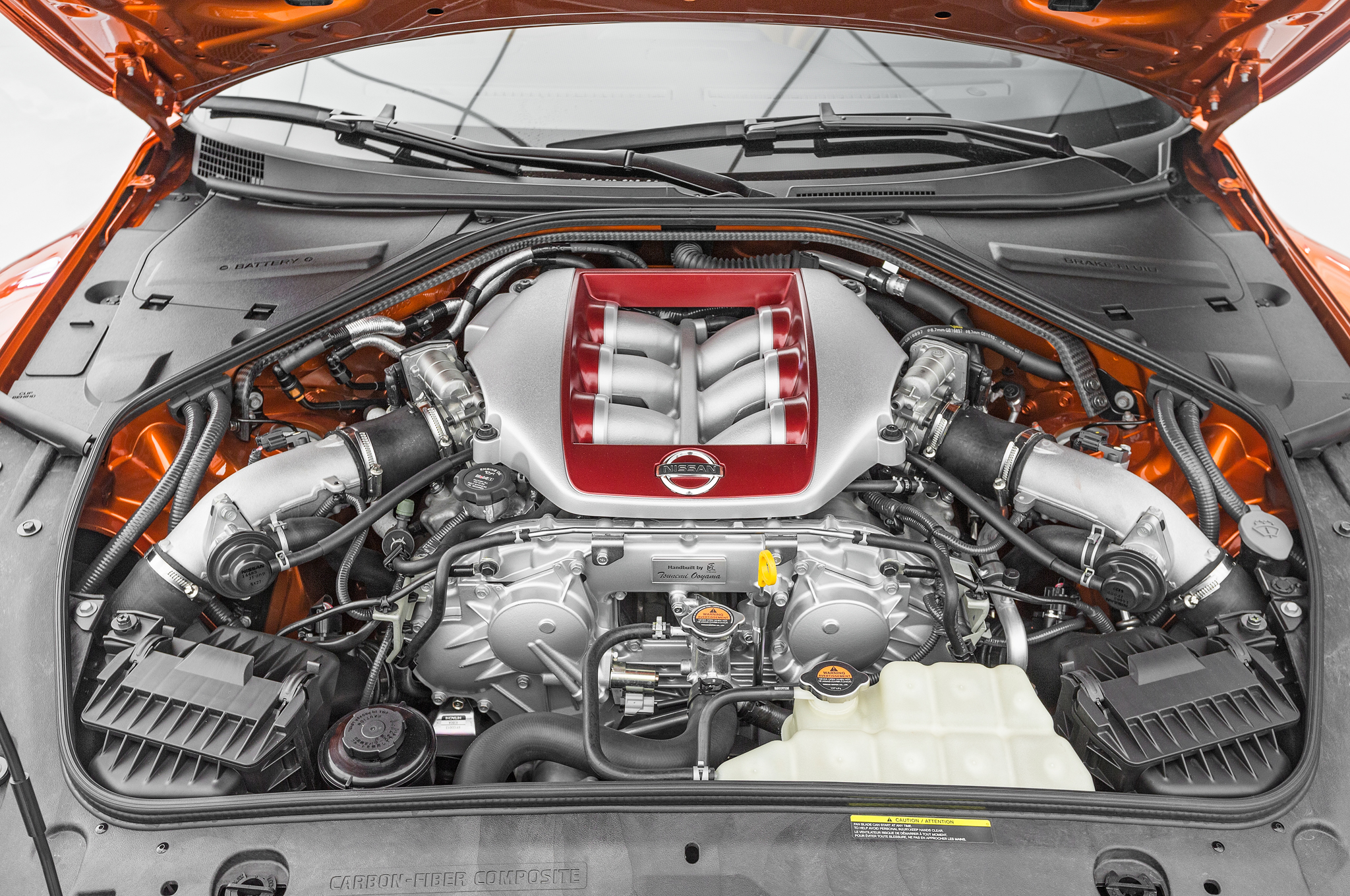What Engine Is In Nissan Gtr

Let's talk about the heart of the Nissan GT-R: the engine. Specifically, we're diving deep into the VR38DETT. This isn't just any engine; it's a meticulously engineered powerplant responsible for the GT-R's legendary performance. Understanding its intricacies is crucial whether you're planning on doing some basic maintenance, considering performance modifications, or just satisfying your inner gearhead.
Why Understanding the VR38DETT Matters
Think of having a detailed engine diagram and understanding how it works like having a secret weapon. It allows you to:
* Diagnose problems accurately: Instead of guessing, you can pinpoint the source of an issue. * Perform maintenance effectively: Knowing the location and function of each component makes maintenance smoother. * Plan modifications intelligently: A solid understanding prevents costly mistakes when upgrading. * Appreciate the engineering marvel: The VR38DETT is a sophisticated piece of machinery, and understanding it deepens your appreciation.
This knowledge empowers you to take control of your GT-R's upkeep and performance.
Key Specs and Main Parts
The VR38DETT is a 3.8-liter (3799 cc) 24-valve DOHC V6 engine featuring:
- Configuration: 60-degree V6
- Displacement: 3.8 liters (3799 cc)
- Bore x Stroke: 95.5 mm x 88.4 mm (3.76 in x 3.48 in)
- Compression Ratio: Typically around 9.0:1 (varies slightly by model year)
- Induction: Twin IHI turbochargers
- Valvetrain: DOHC, 4 valves per cylinder
- Fuel Delivery: Multi-point fuel injection
- Horsepower: Varies depending on the year and trim, ranging from 480 hp (358 kW) to 600 hp (447 kW) and beyond (with NISMO versions).
- Torque: Again, varies but typically in the 430-480 lb-ft range (583-651 Nm).
Key components to be aware of include:
Cylinder Block and Heads
The cylinder block is typically made from cast aluminum for weight reduction. The cylinder heads house the valves, camshafts, and fuel injectors. Efficient cooling and oil circulation are crucial in these areas.
Crankshaft and Pistons
The forged steel crankshaft converts the reciprocating motion of the pistons into rotational motion. The pistons, connected to the crankshaft via connecting rods, are responsible for compressing the air-fuel mixture.
Turbochargers
The twin IHI turbochargers are crucial for boosting power. They compress the intake air, forcing more air into the cylinders, resulting in a more powerful combustion. Wastegates regulate the amount of boost to prevent over-boosting.
Intercoolers
The intercoolers cool the compressed air from the turbochargers before it enters the engine. Cooler air is denser, leading to even better combustion and increased power. Typically, the VR38DETT utilizes two air-to-air intercoolers, one for each turbocharger.
Fuel Injection System
The multi-point fuel injection system precisely meters fuel into each cylinder. Modern GT-Rs often use high-flow fuel injectors to support higher power levels.
Engine Management System (ECU)
The ECU controls all aspects of the engine's operation, including fuel injection, ignition timing, and boost control. It's a sophisticated computer that constantly adjusts these parameters to optimize performance and efficiency.
How It Works
The VR38DETT operates on the four-stroke combustion cycle: intake, compression, combustion, and exhaust. Let's break it down:
- Intake: The intake valve opens, and the piston moves down, drawing a mixture of air and fuel into the cylinder. The turbochargers force even more air into the cylinder.
- Compression: The intake valve closes, and the piston moves up, compressing the air-fuel mixture.
- Combustion: The spark plug ignites the compressed mixture, causing a rapid expansion of gases. This forces the piston down.
- Exhaust: The exhaust valve opens, and the piston moves up, pushing the burnt gases out of the cylinder and into the exhaust system.
The turbochargers play a vital role in this process. They use exhaust gases to spin a turbine, which in turn spins a compressor. The compressor draws in air, compresses it, and forces it into the engine. This "forced induction" significantly increases the amount of air entering the cylinders, leading to a much more powerful combustion.
Real-World Use: Basic Troubleshooting Tips
Here are a few common issues and potential causes:
- Loss of Power: Could be caused by a boost leak, faulty spark plugs, a clogged air filter, or a failing turbocharger.
- Rough Idling: May be due to vacuum leaks, faulty ignition coils, or a dirty mass airflow (MAF) sensor.
- Check Engine Light (CEL): Requires a scan tool to read the trouble codes. Common codes relate to O2 sensors, catalytic converters, or fuel system issues.
- Overheating: Could indicate a coolant leak, a faulty thermostat, or a malfunctioning water pump.
Always consult a qualified mechanic for complex issues. Start with basic checks like fluid levels, visual inspections for leaks, and checking for obvious damage before diving into more complex diagnostics.
Safety: Highlight Risky Components
Working on the VR38DETT involves risks. Here are some key safety considerations:
- High Temperatures: The engine operates at extremely high temperatures. Allow the engine to cool completely before working on it.
- High Voltage: The ignition system generates high voltage. Disconnect the battery before working on any electrical components.
- Pressurized Systems: The fuel and cooling systems are pressurized. Relieve pressure before disconnecting any lines.
- Turbochargers: Turbochargers spin at extremely high speeds and can be damaged by foreign objects. Be careful when working around them.
- Oil: Used engine oil contains harmful contaminants. Wear gloves and dispose of it properly.
Always wear appropriate safety gear, including eye protection and gloves. If you're unsure about any procedure, consult a qualified mechanic.
We have a detailed VR38DETT engine diagram available for download. This diagram provides a visual reference for all the major components, including their locations and connections. It's an invaluable tool for anyone working on a GT-R. Knowing the intricate workings and design of the Nissan GTR VR38DETT engine will allow you to carry out maintenance or repairs with clarity, precision, and confidence. Happy wrenching!
